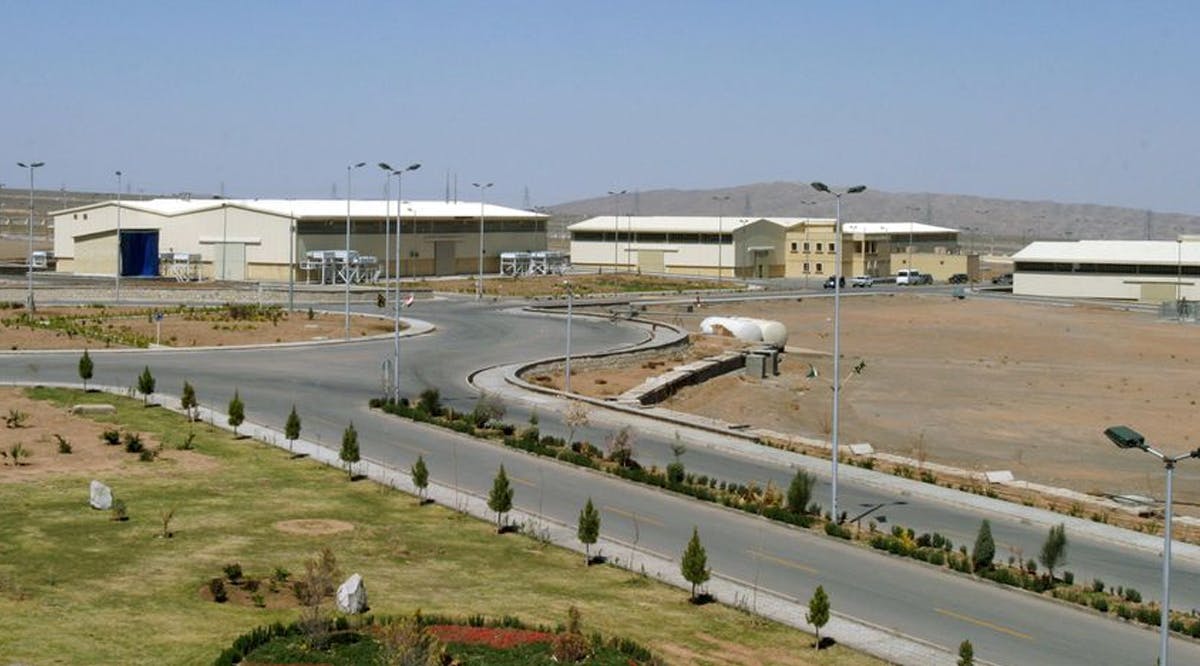
Iran Racing to Expand Enrichment at Underground Plant, IAEA Report Shows
Iran is rapidly expanding its ability to enrich uranium with advanced centrifuges at its underground plant at Natanz, and now intends to go further than previously planned, a confidential UN nuclear watchdog report showed on Monday, October 10.
While indirect talks between Iran and the United States on reviving the 2015 Iran nuclear deal have stalled, Tehran has brought onstream an ever larger number of advanced centrifuges the deal bans it from using, to produce enriched uranium.
These machines are far more efficient than the first-generation IR-1, the only centrifuge that the deal lets Iran use to grow its stock of enriched uranium. Iran has been adding them, particularly at two underground sites at Natanz and Fordow that may be designed to withstand potential aerial bombardment.
At the underground Fuel Enrichment Plant (FEP) at Natanz, Monday's ad hoc report to member states showed Iran has quickly completed the installation of seven cascades, or clusters of advanced centrifuges that were either not finished, or at a very early stage of installation according to the last quarterly International Atomic Energy Agency report issued on September 7.
Iran has also informed the IAEA that it plans to add an extra three cascades of IR-2m machines at the FEP, on top of the 12 already announced and now installed, the report showed. Of those three extra IR-2m cascades, installation has already started on two of them, the report said. (JPost / VFI News)
“God, we ask that you protect us from nuclear war, and that you help allies around the world realize that Iranian plans in regards to nuclear weapons are not benevolent and will possibly end up in tragedy.”